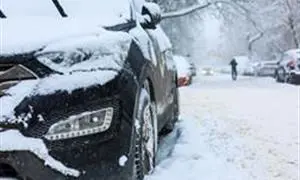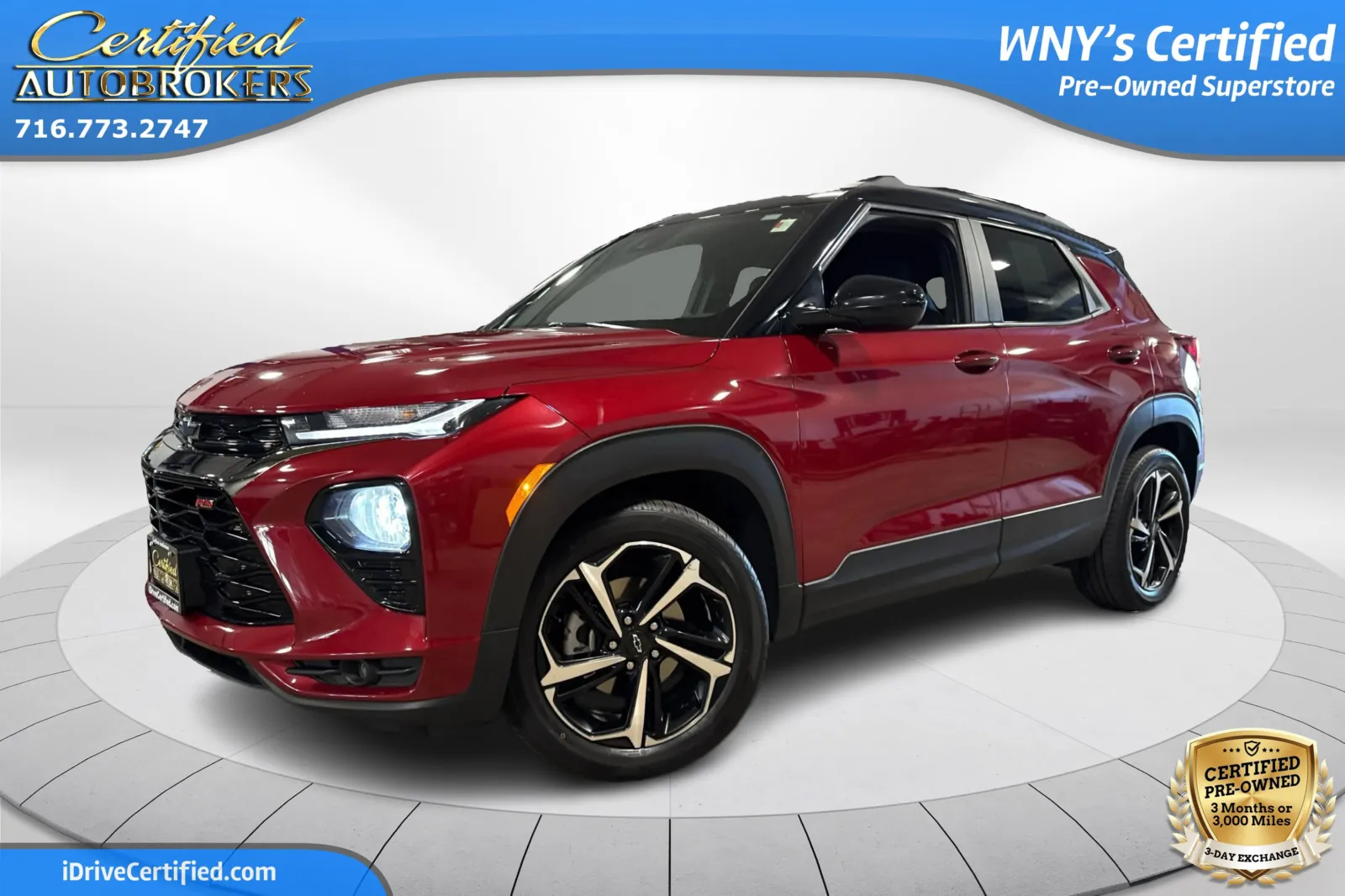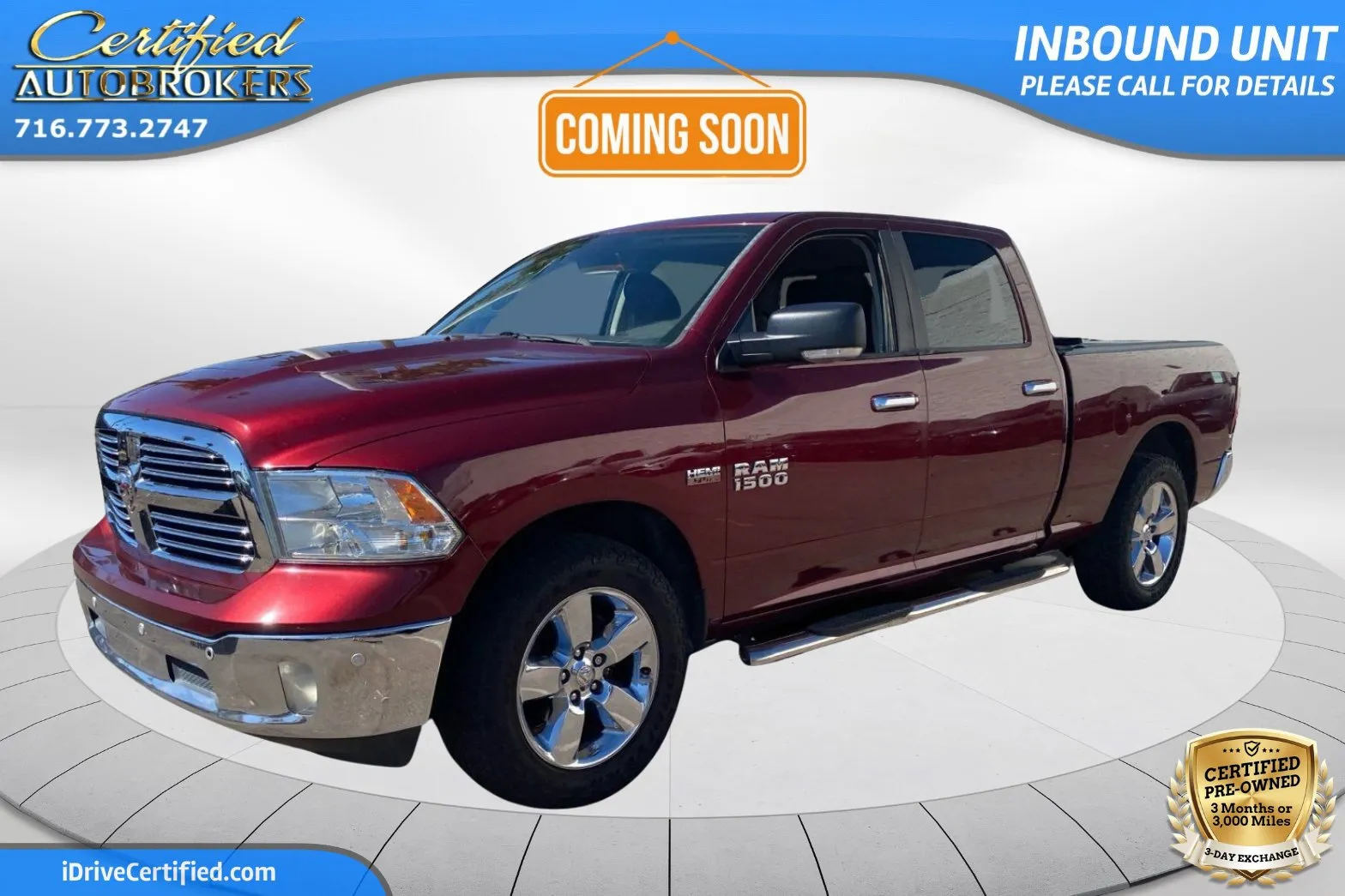Winter Car Care: Essential Tips for Safe Driving During Cold Months

Winter is the least car-friendly season of the year, and sees more accidents, car break-downs and roadside assistance calls than all the other seasons combined. As the temperature drops and the roads get slick, you’ll want to take extra special care of your car to ensure safe driving conditions and protect it from unnecessary damage from cold, snow, ice and salt this WNY winter. Follow our 10 simple winter car care tips to stay safe and warm while on the road this winter season.
Get Winter Tires
If you live in a region with cold and snowy winters, having a set of winter tires on standby is never a bad idea. Many people in areas with bad winters have learned that swapping out their tires for a winter set during the first cold snap is well worth the trouble. Winter tires are designed to give you maximum traction in snow and ice, and while being a bit noisier and having a shorter tread life (always check the quality of your winter tires), they certainly serve their purpose when conditions call for it. High-quality all-season tires are also a good option, but most importantly, you’ll want to make sure that your tires have good tread and are in good condition every winter.
Check Tire Pressure
When the temperatures plummet, you may notice that your tires look a little flatter. That’s because the air in your tires gets cold and loses pressure, causing them to slightly deflate. This is normal in the winter and is nothing a quick trip to the air pump can’t fix. You should always check your PSI throughout the winter to ensure that your tires are properly inflated and making the most of their tread.
Check the Battery
If there’s one thing we know about batteries, it’s that they don’t like the cold. Low temperatures affect a battery’s cranking power, and a poorly-maintained battery can leave you stranded in the cold. Learn about your battery’s condition by checking the owner’s manual and following the instructions, or by simply taking it to the shop for a quick look and charge. Older batteries that have lost their reliability should be replaced with a brand new, high-quality battery.
Check the Oil
There isn’t much in car that doesn’t get affected by the cold, and engine oil thickens as the temperatures drop. Some oil types are formulated for the winter, and we recommend quality oil with multi-viscosity properties, usually indicated with a “W” on the viscosity index, which means it’s good to go for winter. Winter ready vehicles should have plenty of clean oil and a good oil filter in place every cold season for reliable performance and to prevent damage to the car.
Check the Radiator for Antifreeze and Cracks
A quick stop at the shop will tell you if you need a change of antifreeze for the cold season, which, while normally at 50/50 (antifreeze to water ratio) for the rest of the year, may require as much as 60/40 or 70/30 during frigid conditions. You’ll also want to make sure your radiator is free from cracks and also check the heater hoses for cracks or leaks while you’re there.
Get New Wiper Blades for Winter
A lot of people don’t realize that their windshield wipers are underperforming since wipers should actually be replaced as often as two times a year. You should install a fresh set just in time for winter to ensure the best performance during temperatures when these types of parts see quicker deterioration on average.
Wash Your Car
While you may think your car can survive a winter without a car wash, it actually needs it more in winter than any other season. With snow comes ice and salt, which, when it builds up in your wheels wells and undercarriage, creates a layer of grime that eventually leads to rust. For best results, get a car wax in time for winter, which adds a layer of protection from grime, and make sure to give your car a good wash after every snowfall with a focus on the wheels, wheel wells, and underside.
Check the Heaters and Defrost
Give your heaters a quick look-over in time for winter to keep your interior warm and cozy as you make your way through the frosty outdoors. This includes your front and rear windshield heaters and defrost mechanism, which helps keep your glass from freezing over and gives you a clear view of the road.
Keep a Roadside Emergency Kit in Your Car
No matter how well-prepared you are for winter driving, you just can’t be too careful when it comes to snowstorms, frigid conditions, and hazardous roads. A winter roadside emergency kit is better-safe-than-sorry thinking at its finest and should include a warm blanket, drinking water, nonperishable food, a flashlight, jumper cables, a shovel, and some sand or salt. If possible, make sure your cell phone is charged before winter drives and try to bring a spare charging bank in case of an emergency.
Raise Your Wipers if You Park Outside
This simple move will keep your wiper blades from freezing to your windshield and getting iced over during snowfall. Make sure to use an ice scraper every morning to remove ice and clear all of your windows (and rooftop) after every snowfall as much as possible. This not only ensures your safety but protects other drivers from flying ice sheets which can form on your windows and rooftop if left uncleaned. You’ll also want to make sure your windshield wiper fluid is topped-off and has a solution suited for winter, which typically includes antifreeze.











